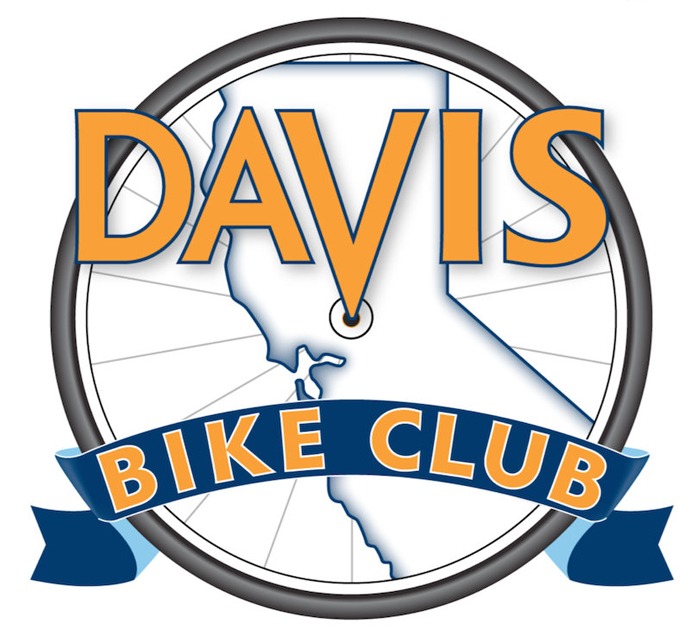(with excerpts from
http://tunedintocycling.com/2008/04/30/hill-climbing)
Adjust your breathing – When approaching a climb, just a bit before the climb actually begins, prepare yourself and your bike. Doing so will make for easier work and faster recovery after the climb. Begin to breathe more deeply, taking care to use your diaphragm muscles to exhale more fully than when cruising on flat roads. This begins to provide the extra oxygen your body will soon need. If you wait until you are into the climb, you may find yourself making up for an oxygen deficit, rather than keeping up with oxygen needs from the start.
Change gears – A bit before you actually need to shift, anticipate the gear you will need for the slope you are approaching, and then shift early. Be sure to back off on pedal pressure a bit, as you make the shift, so that your chain transfers to the new gear smoothly. Continue to change gears as the slope of the climb changes. Try not to let your cadence fall too low or get too high.
Vary your working muscle groups – As you work your way up the hill, the muscles you are using will become exhausted as waste products produced by your muscles accumulate faster than they can be taken away in the bloodstream. It doesn’t take long to clear these waste products if you can make less use of the muscles for a few moments. You can’t coast on a climb however, as you will lose momentum or come to a dead stop. The solution is to briefly work different sets of muscles throughout the climb to give particular muscle groups a bit of time to recover. There are several ways to do this.
If you typically ride with toes pointed downward or feet flat, drop your heels for a bit to bring your hamstrings and glutes more into play and give your quads and calves time to recover. Likewise, if you usually ride with your heels dropped, raise them so your feet are flat or point your toes down slightly, thereby taking the load off the hamstrings and glutes, and shifting it onto the quads and calves.
Try shifting forward and backward on the seat. Sitting on the front of the seat accentuates the quads, while sitting on the back accentuates the hamstrings and glutes.
Stand up for a brief interval and then sit back down. Just before you stand, shift into a bigger gear, and then shift back to the smaller gear when you sit down. You will have more power when you stand, and need to have the bigger gear so you don’t lose momentum. Vary these techniques for 10 to 30 pedal revolutions throughout the climb to allow different muscle groups the opportunity to recover.
Quiet your upper body – Try not to tense up. Put your energy into the muscles you need for climbing. Think of something soothing to relax your mind as well. The more relaxed you are, the less energy you waste on something that doesn’t contribute to your climbing ability. Don’t worry about how fast or slow you are going. Pace yourself for success in the climb and for improved endurance and enjoyment, throughout your cycling day.
Next: Training Tip #4 – Nutrition
Davis Bike Club’s Foxy’s Fall Century follows some of the most beautiful cycling roads of Napa, Solano, and Yolo counties. Nearly 200 volunteers will be with you along the way to make it safe and fun for you, and a ride that you will want to do year after year.
